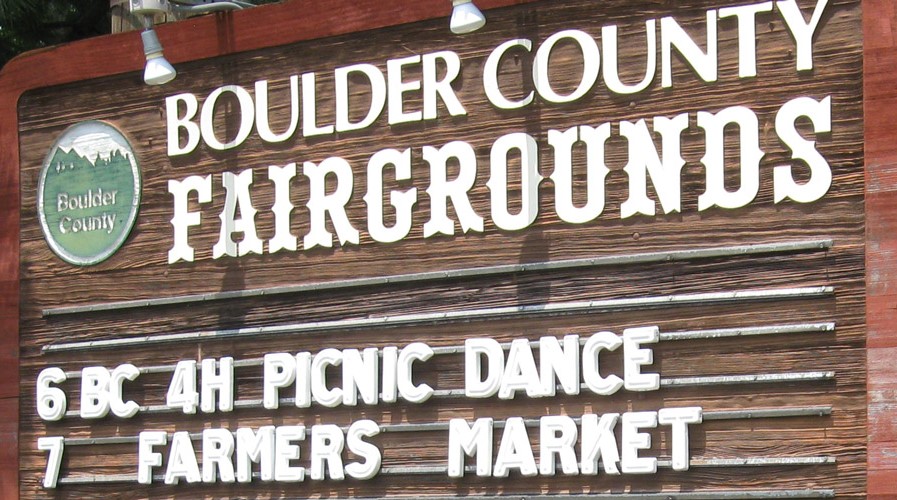Why the City of Boulder Should Remove the Spring Prairie Dog Removal Moratorium
by Linda Parks Currently, the City of Boulder only allows Prairie Dog (PD) removal on Agricultural Open Space properties from June 1st to the end of February. Then they stop so the PDs can breed, and the removal process starts again on June 1st. The current prairie dog removal moratorium from March through the end of May on City of Boulder Open Space properties is significantly interrupting the removal work and the efficacy of the management. Climate change and drought are real. We have to adapt our management program. The current seasonal moratorium is counterproductive, as it allows thousands of prairie dogs to reproduce, resulting in a waste of management time and increased costs. The rationale for this is to satisfy PD advocates and their general distaste for killing the young. This policy has proved to be very inefficient and expensive. City of Boulder OSMP has found that PDs rapidly recolonize previously cleared areas each spring, and populations explode during the pupping season. By discontinuing the removal each spring, OSMP staff must return to previously cleared properties, resulting in lost time and increased taxpayer dollars. By comparison, Boulder County cancelled its lethal control moratorium in the spring of 2022 and found that it has greatly improved control efforts, saved taxpayer dollars, and improved land management on County properties. Please write to City of Boulder Open Space Board of Trustees to recommend a policy change that supports local agriculture, food production, and local farmers and ranchers, promotes soil health and soil carbon […]
Why the City of Boulder Should Remove the Spring Prairie Dog Removal Moratorium Read More »




